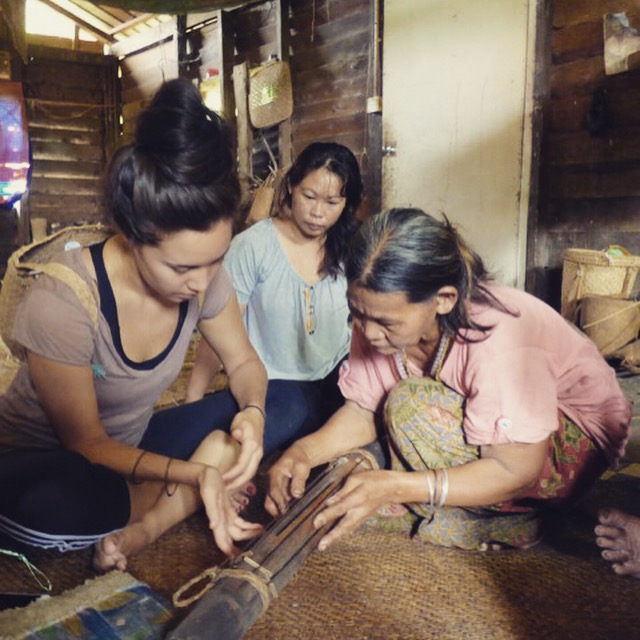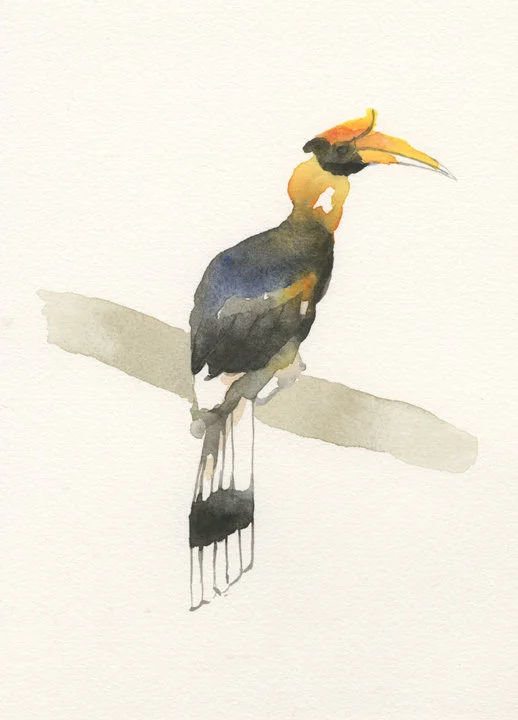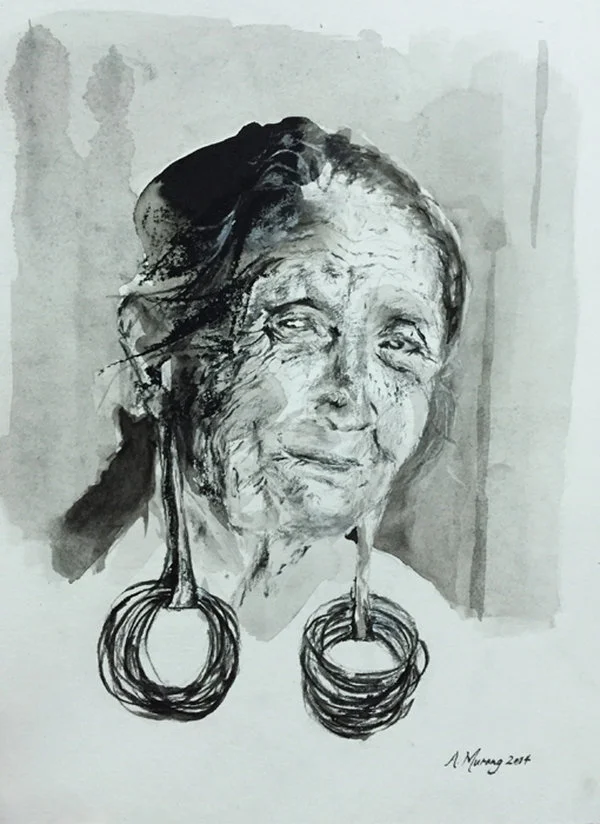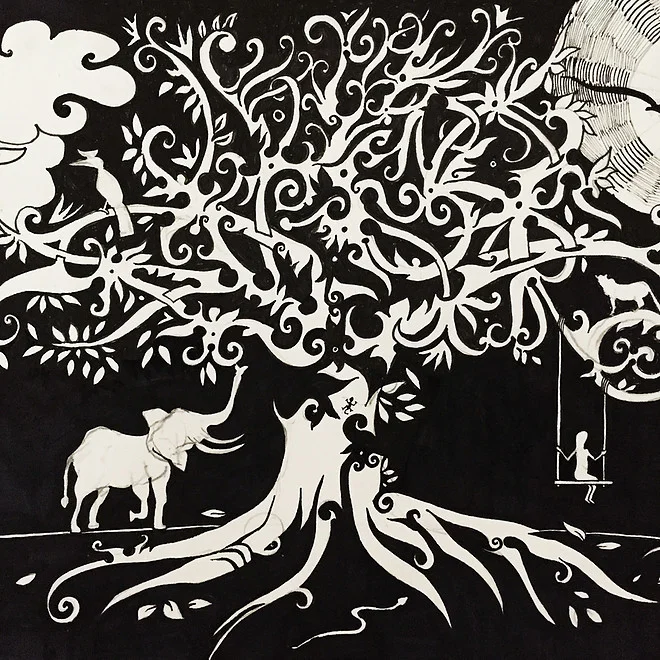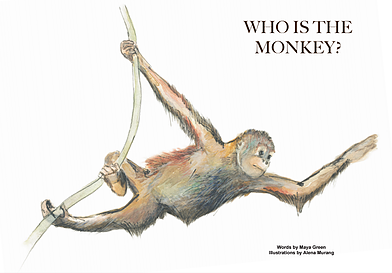Alena Murang
Musician, Painter, Dancer, Teacher and even, Management Consultant - this multi-talented, part-Kelabit, not to mention beautiful artist is Alena Murang. Born and bred in Kuching, Sarawak, Alena has been a performer since a young age, and now her mission is to promote and spread awareness about Sarawakian music to the world.
This Q&A mainly focuses on her music. To find out more, visit her website www.alenamurang.com which also showcases her many painting and social projects.
"As artists, it is our responsibility to inspire ourselves to inspire others to inspire change" - Ricky Lee Gordon
Q&A Interview with Alena Murang
Website: www.alenamurang.com
Facebook: AlenaMurang Art
Instagram: Alena M
B: Borneo Art Collective AM: Alena Murang
B: Could you describe your music and your instrument in brief?
AM: My music is traditional songs from the Kenyah, Kelabit and Penan tribes of Borneo. The instrument I play is the Sape, which is a lute instrument only played by men in the olden days. It used to be used from spiritual and shamanic rituals but nowadays is played to accompany dances, at parties, or at concerts. I'm also learning the Pagang, which is a bamboo instrument - perhaps classified as a zither. I'm learning it from the Penan.
B: Why and how did you start your music career?
AM: I started to go seriously into music about 2 years ago. A catalyst was when I went on music tour in USA with my band, Diplomats of Drum, for 7 weeks, sharing Malaysian music. I realised that there is an interest in our art forms and I thought to myself that I should be pushing for this in Malaysia, to raise the awareness and to garner the interest. I've been performing in public though since I was 6 years old.
B: Tell us more about the history and your story of your instrument, where is the best setting to appreciate them?
AM: I personally appreciate the Sape most in an intimate setting, with a small crowd, with the lights turned low.. sort of imitating the ambience of a longhouse, where the Sape and its music were created. I don't have that opportunity much to perform like that, but sometimes I conduct classes in semi-darkness.
B: Where do you see your art career evolving in the near future?
AM: I hope to be able to share my paintings and music with people and communities all over the world.
B: Tell us more about your social project Art4, what is the initiative and where do you see it going? How do you see it link to your music?
AM: ART4 is a promise I made to myself to use art as a channel or a medium for positive social change . Currently I focus on environmental , education and rural communities . With my music I tell the stories of the people in the rainforests, which is where the music comes from. It was inspired by nature and by their livelihood decades ago, which is so different now. I hope to remind people of that beauty, and of our interdependence with nature. Through ART4 I also do project management and strategic management consulting for social impact projects. I come from a business background , and many people don't realize how similar art-thinking or design-thinking is to strategic thinking and problem solving.
B: How do you see Borneo Music at the moment?
AM: Music from Borneo, in general, is gaining interest amongst my generation, with several bands incorporating instruments , songs and languages from the island into contemporary repertoires . Borneo still needs to garner the ecosystem for local musicians to thrive. Locally we need more demand for the music, in terms of music venues, events, etc. it is growing though, and I'm very happy to see it happening.
B: How about the musical instrument making and appreciation platform in Borneo? What do you see could be done for its development?
AM: I definitely think there is a lack of instrument makers for Borneo instruments. More and more people want to buy Sape but even the Sape makers are backlogged get on orders. To develop this perhaps we need to show people that there is an opportunity to learn this really cool craft making, and that it is possible to make a living from it. Perhaps also to integrate the form and design of instrument making into local syllabus at schools and universities.
Alena and her Sape mentor - Matthew Ngau Jau
B: Please recommend stories/projects/individuals/groups that we should reach out to in order to expand the Borneo Art Collective network.
AM: Julien Cottett - Sape' maker and teacher from France ; Amy Amin, artist.
Here's a video of Alena singing and playing the Sape.




